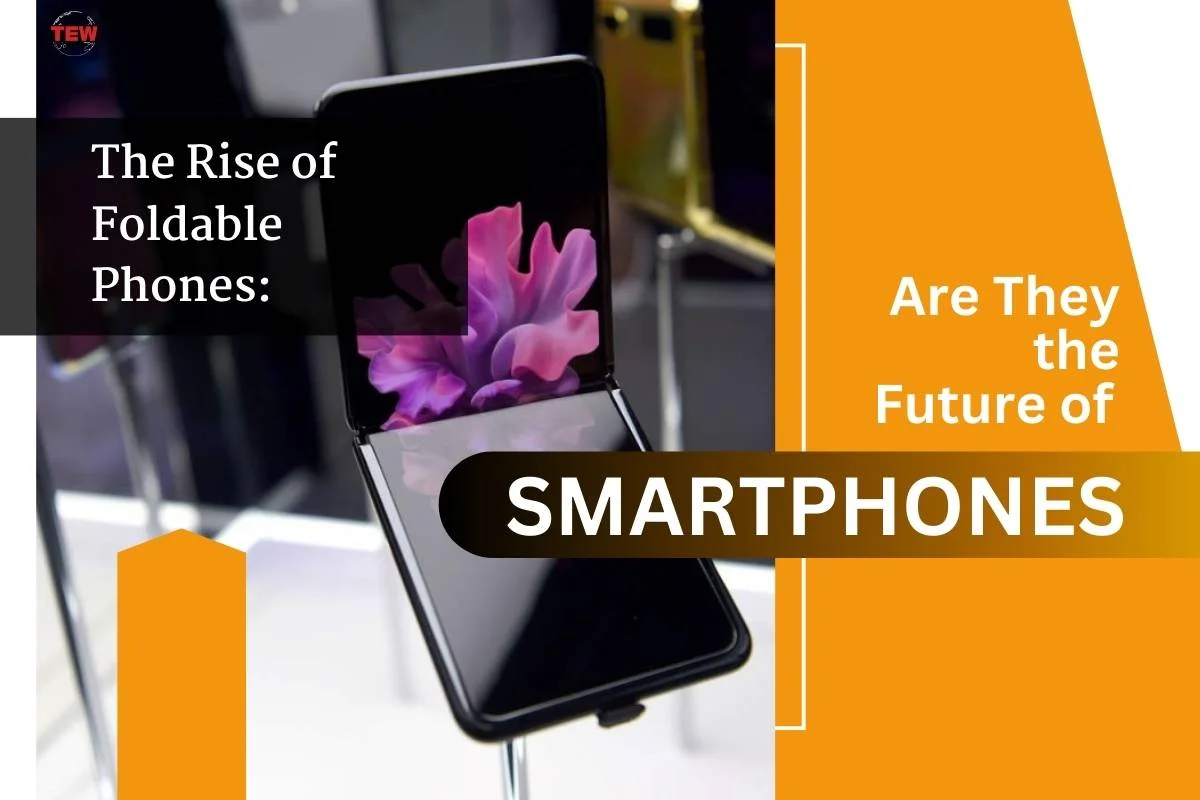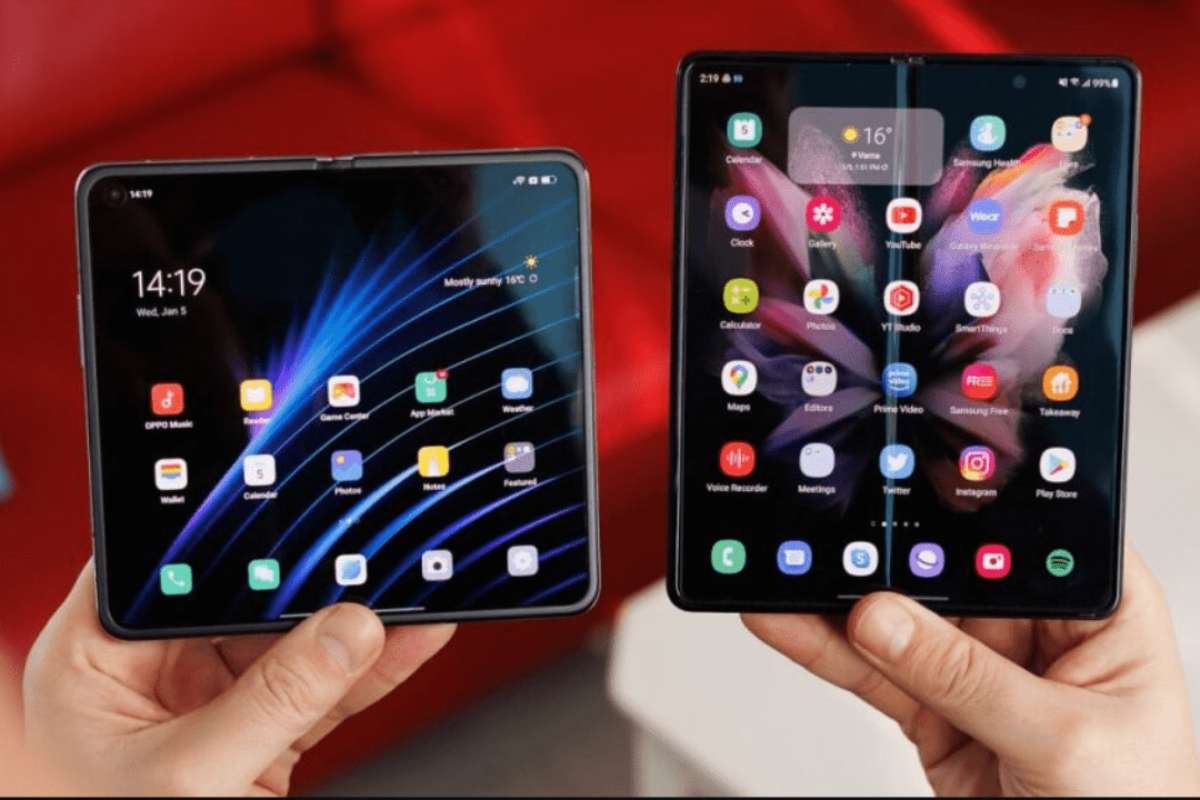Foldable phones are one of the most talked-about trends in the mobile tech world today. At first glance, these devices look like something straight out of a sci-fi movie. They combine the portability of a smartphone with the larger screen of a tablet, all in one sleek package. But are they here to stay, or just a passing Trend ?
A Brief History
Foldable phones have actually been in the works for several years, but it wasn’t until recently that they became mainstream. Companies like Samsung, Huawei, and Motorola have led the charge, each releasing their versions of foldable phones. The idea is simple: a phone that can fold in half, making it more compact when not in use, yet offering a larger display when needed.

The Appeal
The appeal of foldable phones is obvious. Imagine being able to carry a device that fits in your pocket but can unfold into a mini tablet. It’s perfect for watching videos, playing games, or multitasking with multiple apps open side by side. For people who want more screen space without carrying a larger device, foldable phones seem like a dream come true.
The Challenges
However, foldable phones aren’t without their challenges. The first models had issues with durability, with some screens breaking after just a few days of use. Although newer models have improved significantly, questions remain about how well these devices will hold up over time.
Another challenge is the price. Foldable phones are expensive—often costing twice as much as a regular smartphone. This high price point puts them out of reach for many consumers, making it difficult for them to gain widespread adoption.
Trend or Future?
So, are foldable phones just a flashy trend, or are they the future of mobile technology? The answer might be somewhere in between. While they may not replace traditional smartphones anytime soon, they offer a glimpse into the future of what mobile devices could be. As the technology improves and prices come down, foldable phones could become more common.
In the end, whether foldable phones are a Trend or the future will depend on how well they address their current challenges and whether consumers find them practical enough to justify the investment. For now, they remain an exciting and innovative step forward in the ever-evolving world of mobile technology.

